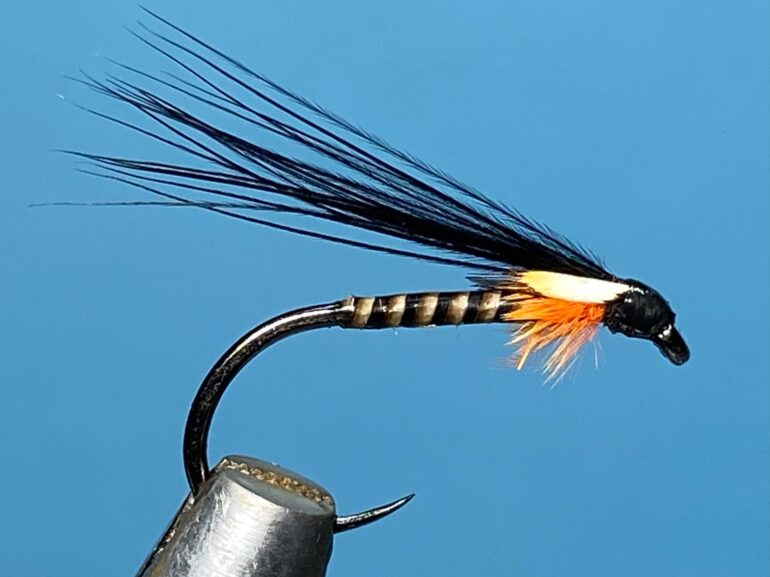
A Fly to Tie and Try in June 2022 by Les Lockey
Fly of the Month – June by Les Lockey
The Quill Cormorant
Hook: Competition Barbless, size 10, from Flybox, or similar.
Thread: Black GSP 50D, or any fine flat thread.
Body: Black thread as above.
Rib: Natural stripped peacock eye quill, body and rib coated with UV resin and cured.
Throat: A few strands of fluorescent orange marabou.
Wing: Black marabou tip fibres.
Cheeks: Split Jungle Cock nail.
TYING
Photo 1. Start the thread at the hook eye and lay down an even bed of thread to just past the hook point then remove the waste thread.
Photo 2. Tie in the peacock quill and bind it down with touching thread turns to the thorax position and remove the waste quill.
Photo 3. In slightly open turns, wind the quill over the thread body and tie it down at the thorax. Remove the excess quill and lightly coat the whole body with UV resin then cure with a torch.
Photo 4. Take 4 or 5 strands of orange marabou and tie them in by their tips. Add a tiny drop of superglue to the thread bindings and carefully wind the marabou fibres in close touching turns over the glue. Secure with thread at the head, remove the waste marabou and tidy the area with thread.
Photo 5. From the tip of a marabou plume, align the ends of a small bunch of fine marabou fibres and tie them in as a wing. Remove the waste fibres and tidy the head.
Photo 6. Tie in a split jungle cock nail equally on each side of the wing and remove the excess feather.
Photo 7. Form a neat head, whip finish and remove the thread. Varnish the head to complete the fly.
Tying Tips
- A flat tying thread helps to produce a smooth and even body onto which the quill can be wound. Remember to spin the bobbin holder anticlockwise to keep the thread flat.
- To keep the quills supple and reduce the risk of breaking, prior to use, soak them for 10 minutes in a mixture of warm water and a few drops of fabric conditioner.
- Before applying the resin, make a couple of half hitches in the thread to avoid any slippage.
- Apply the UV resin sparingly and if possible, rotate the vice to help avoid forming a resin “belly” before curing with the torch.
- Only 4 or 5 marabou fibres are needed for the thorax, but to keep it in proportion, use marabou fibres that are short in the flue. Try not to twist the marabou as you wind it over the merest hint of superglue, and carefully stroke the flue rearwards after each turn ensuring the flue does not get pressed into the wet superglue.
- Try different colours of marabou for the thorax. Red, sunburst, chartreuse, black and white all make useful alternatives.
- To create the wing, rather than just pulling off a bunch of fibres from the marabou feather, I find a much neater and ultimately more manageable method is to snip out the very tip of a marabou plume to form a V, then snip off the top centimetre or so of stem. The fibres from this cut section can then be stroked together to align the tips. This also allows the wing to be easily gauged for length and density and adjusted as required, before being tied in. Further sections of stem can be cut from the same feather up to the point where the fibre tips become “fluffy”, and by cutting them all out at the same time, it speeds up tying further flies.
Fishing notes
- Cormorants are very versatile flies that can be fished at any time of year and on any density of line, however, I find either a floater or a long sink tip to be the most effective options.
- This type of skinny Cormorant is, in essence, a quill buzzer with the addition of a mobile wing and thorax to provide a bit of movement to an otherwise inanimate fly. As such, it is usually best fished slowly, but as with conventional buzzers, there are odd times when a fast retrieve will be the order of the day.
- I like to fish this type of Cormorant on the drift, either in teams of two or three, or as part of a washing line with either a FAB or a flat daddy on the point. The best retrieve is usually just to keep in touch with the flies and no more, allowing the flies to remain almost static while water currents impart movement and give the illusion of life. That said, it should be remembered that in a drifting boat, the rate of drift dictates the speed of retrieve, so in anything other than a gentle breeze, the use of a drogue is recommended to ensure a sensible retrieve rate.
When fishing at anchor, I like to fish this Cormorant on the dropper with a weighted nymph on the point and retrieved using a slow figure of eight retrieve. It can also be effective when used in conjunction with diawl bachs, pheasant tails and crunchers when straight line nymphing.
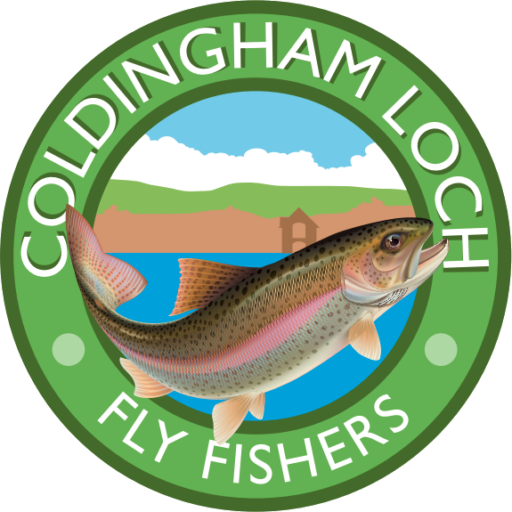

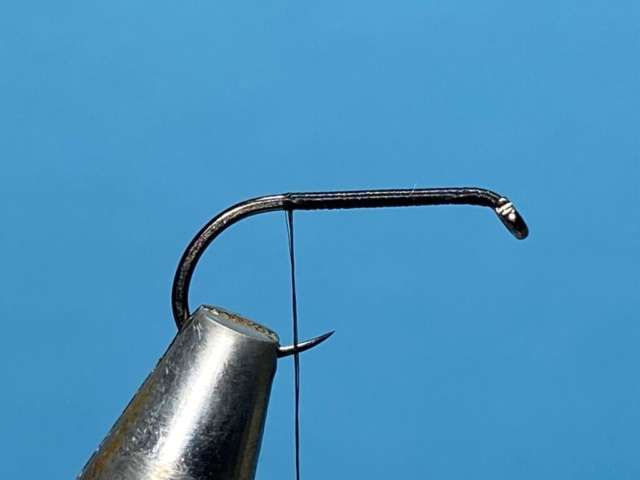
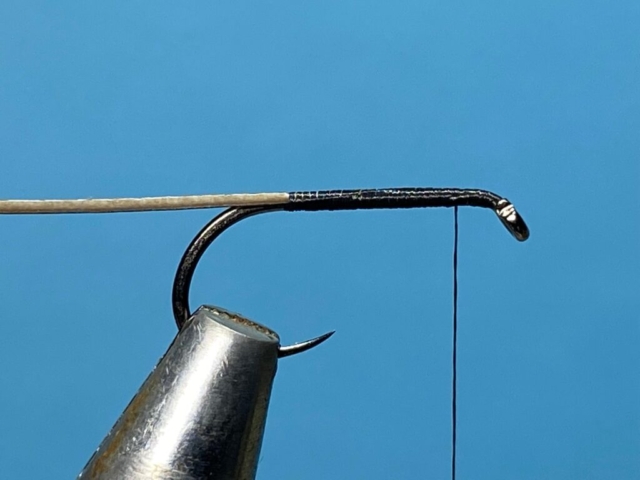
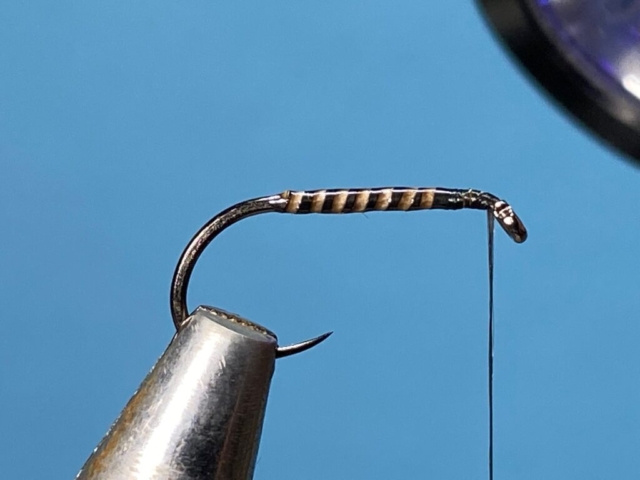
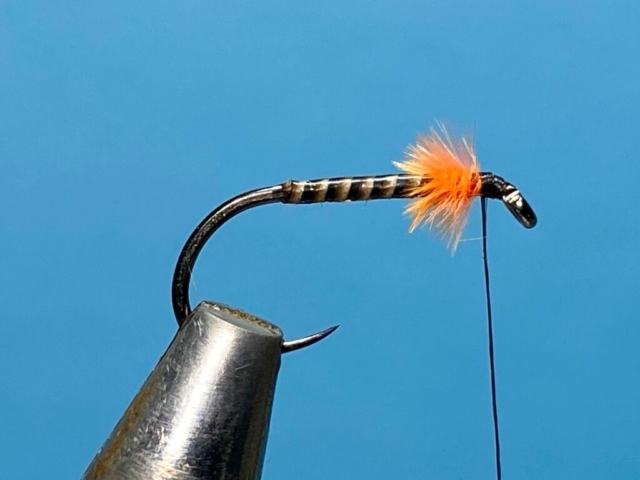
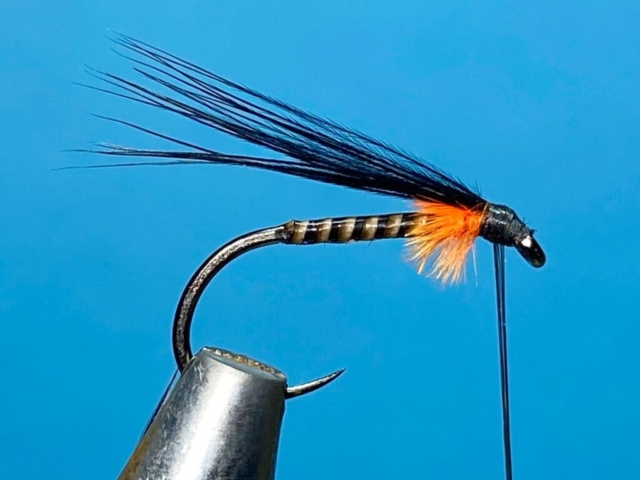



Recent Comments